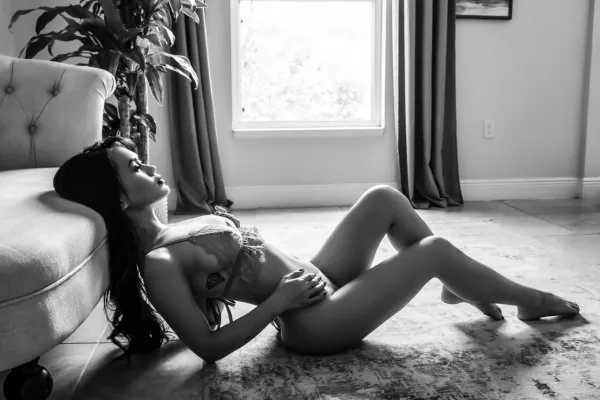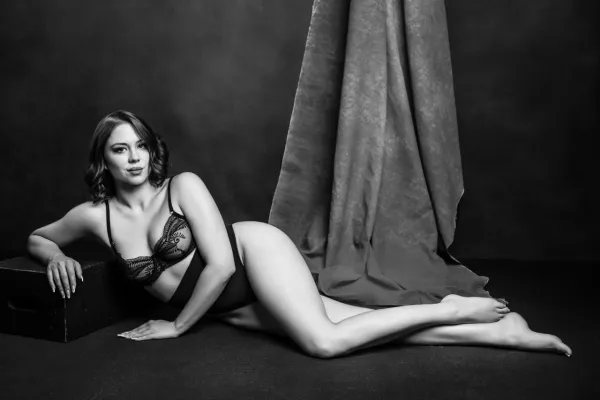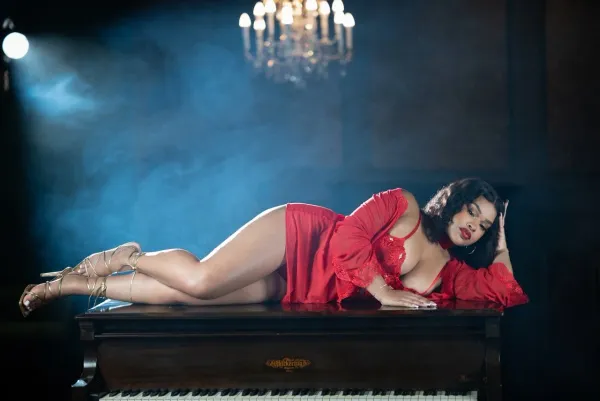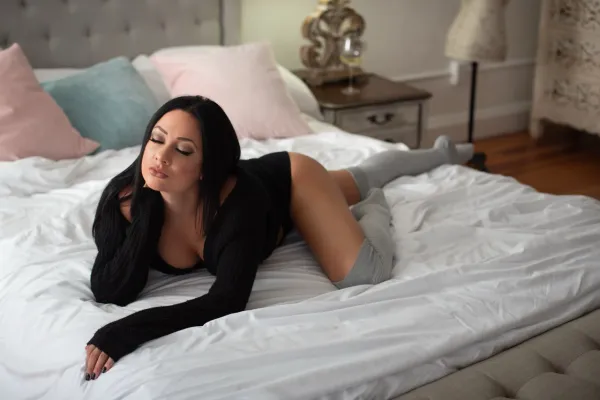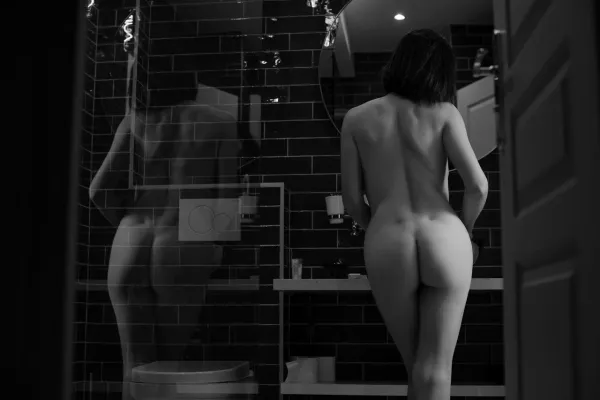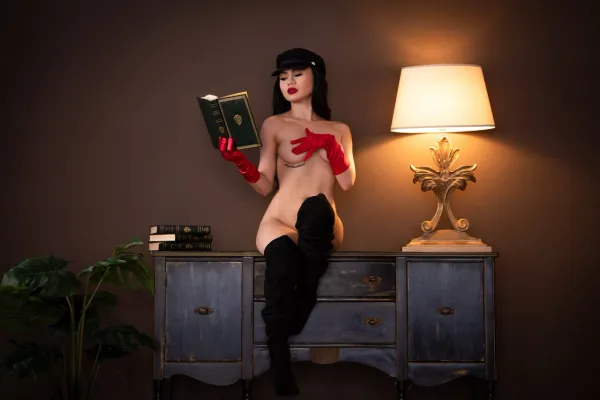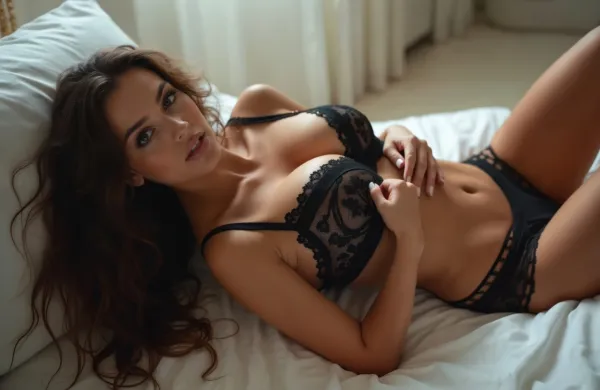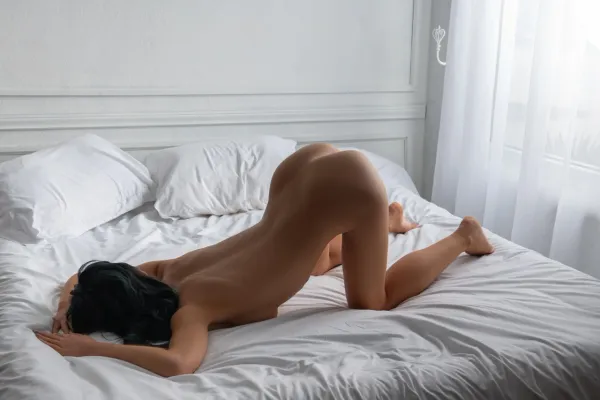Why the Nikon F3 Is Perfect for Boudoir Photography
The Nikon F3: Classic Film Meets Modern Boudoir Art
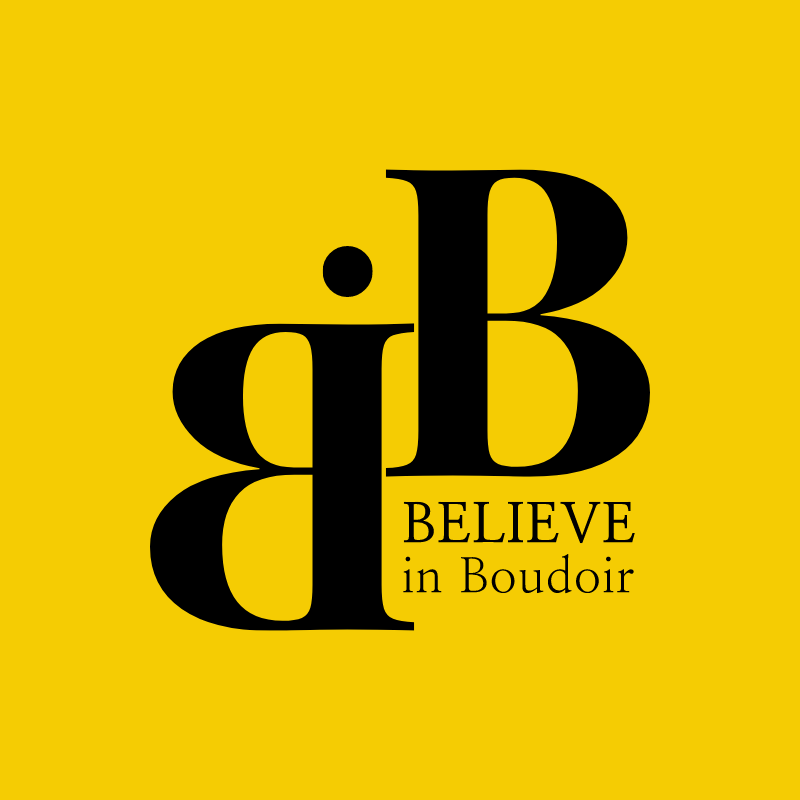

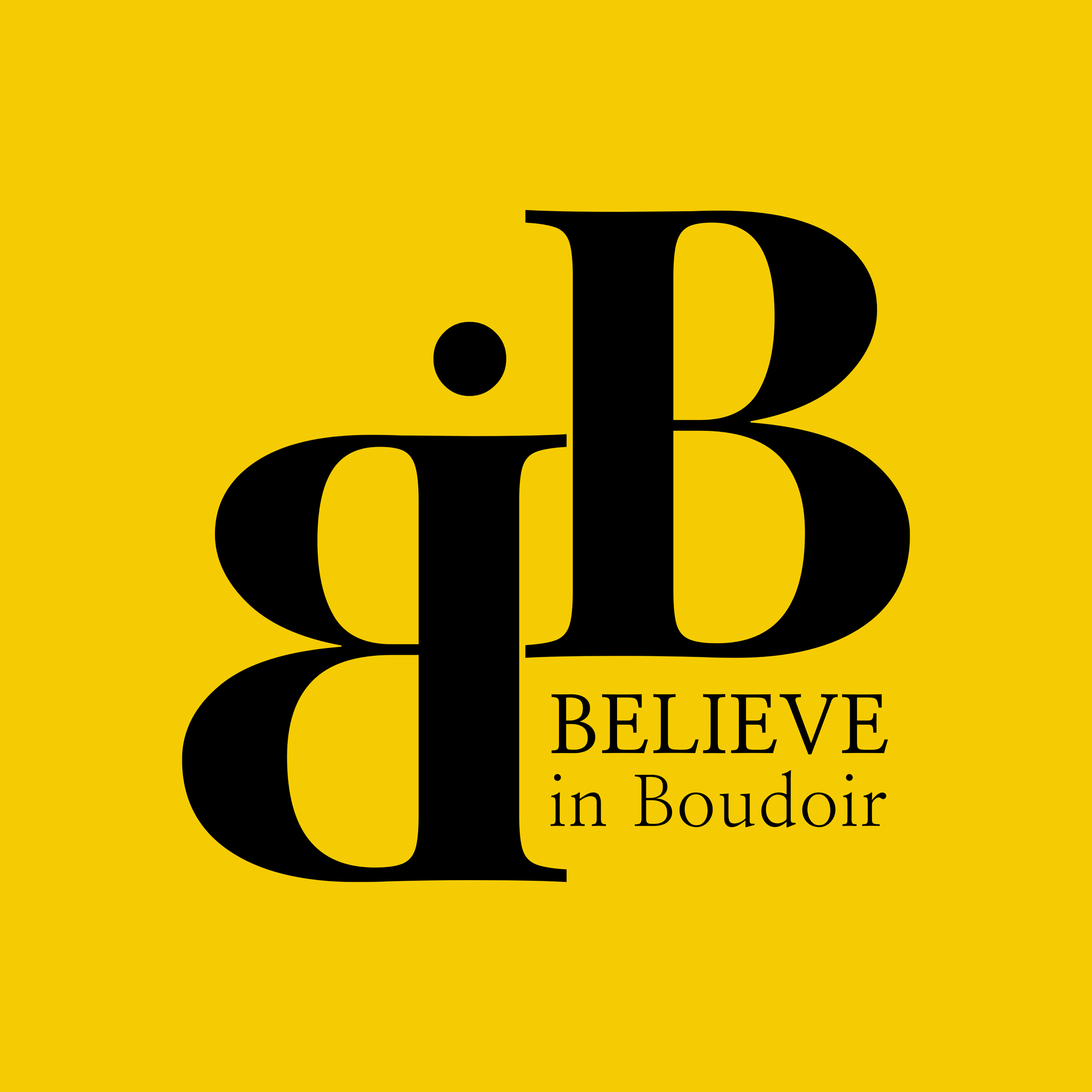
The Nikon F3: Classic Film Meets Modern Boudoir Art

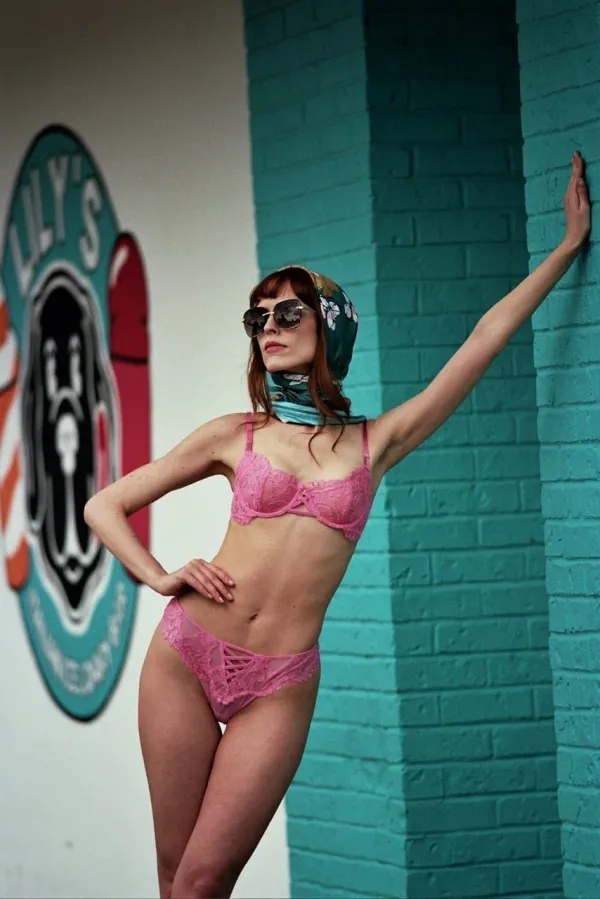
In boudoir photography, it’s not just about capturing the body—it’s about preserving emotion, intimacy, and atmosphere. That’s where film can shine. Recently, master boudoir photographer Yuliya Panchenko—founder of Believe in Boudoir—revisited the elegance of analog by shooting a concept-driven boudoir session using the iconic Nikon F3 35mm film camera.
In this post, we’ll dive into her approach, the gear behind the magic, and why the Nikon F3 remains a top pick for photographers wanting to blend timeless texture with powerful storytelling.
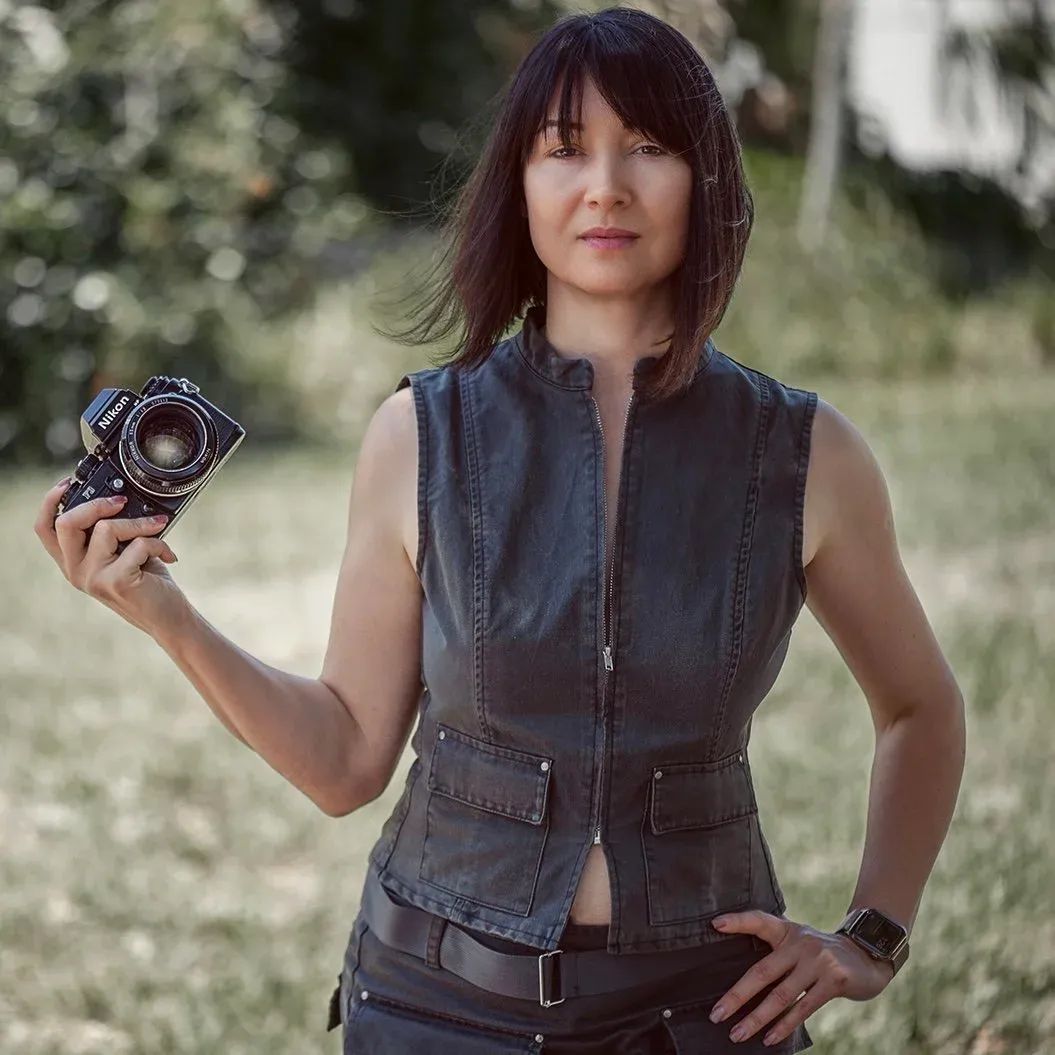
For this unique boudoir session, Yuliya Panchenko didn’t just aim to create beautiful images—she set out to tell a story. Inspired by the year the Nikon F3 was released (1980), she crafted a concept rooted in a pivotal historical moment: the Iranian Revolution and its impact on women’s freedoms.
Using an authentic 1980 newspaper as a key prop—headlined “Hostages Freed” beside a photo of Ronald Reagan—Yuliya wove together themes of political tension, feminine strength, and cultural transformation. It was a daring blend of visual storytelling and sensual portraiture, using the camera's origin year to ground the narrative in real-world history.

The Nikon F3 stands out as one of the most adaptable 35mm film cameras ever made—offering a level of customization that’s rare in analog photography. With six interchangeable viewfinders and 22 different focusing screens, it allows photographers to tailor their setup to match the mood, light, and detail level of each shoot. For boudoir photography, where intimacy and nuance are key, this flexibility is invaluable.
Although it’s Nikon’s last manual-focus professional body, the F3 includes aperture-priority auto-exposure, giving users the option of precision control or assisted exposure depending on the moment. Its focus aids, like split-image and microprism screens, help lock onto critical details—essential for capturing subtle curves, expressions, and shadows in boudoir work.
Other standout features include:
Originally designed by famed industrial designer Giorgetto Giugiaro (yes, the same one who styled cars for Ferrari and Lotus), the Nikon F3 was built tough enough for NASA. Its sleek form, motor drive compatibility, and wide lens and flash support made it a go-to for pros in every genre. It even appeared in pop culture, most notably in The Secret Life of Walter Mitty.
All this history and innovation make the Nikon F3 more than a tool—it’s a storytelling instrument worthy of any boudoir artist’s kit.

Yuliya Panchenko’s creative exploration with the Nikon F3 proves that even decades later, this 35mm classic remains a powerful companion for boudoir photographers. With its unmatched versatility, tactile precision, and historical prestige, the F3 doesn’t just take pictures—it helps tell powerful, intimate stories.
Blending timeless film aesthetics with a deeply meaningful concept, Yuliya demonstrated how analog gear like the F3 can elevate a boudoir session into a visual narrative rich with emotion and depth. For photographers seeking authenticity, mood, and control, the Nikon F3 continues to hold its rightful place in modern-day photography.
Learn Boudoir Photography on BIB TV
